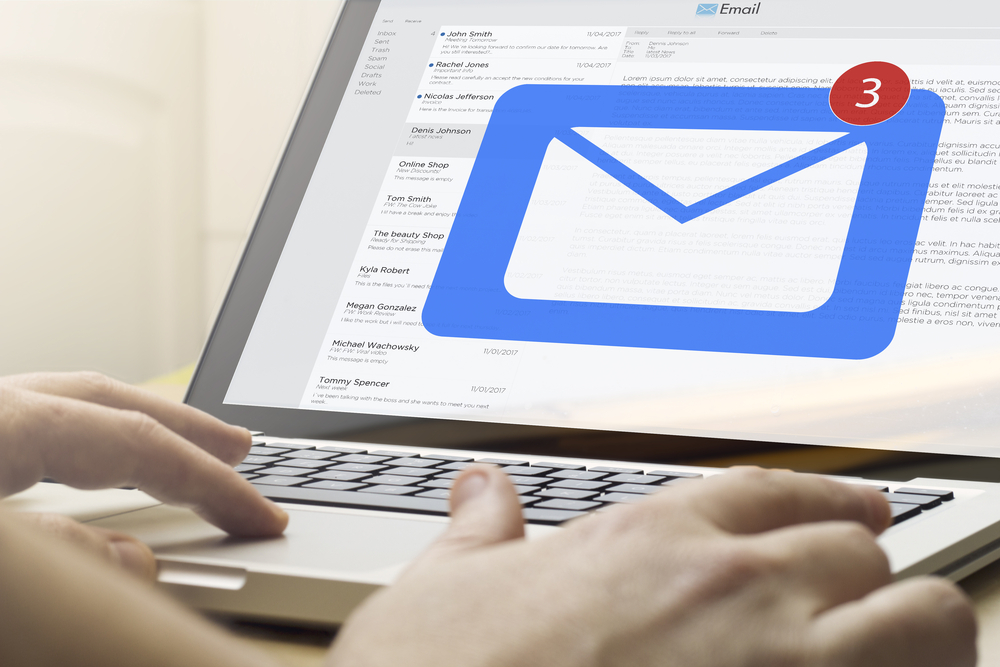For many professionals, their email inbox is a significant source of stress. We can’t live without it but find it challenging to live with it. The emails continue to pile up as a reminder of how much work still needs our attention, and new message alerts disrupt our focus throughout the day.
In this article, investor and entrepreneur Daniel Calugar comments on why attempting to attain a state of Inbox Zero may be increasing your stress and how you can manage your inbox more effectively.
Modern communication apps, such as WhatsApp, Facebook Messenger, and SMS texts, have allowed us to move away from email as our primary method for staying in touch with family, friends, and close colleagues. But for business communication, email still rules. It won’t likely go away anytime soon, and how to best manage email has become a science.
The approach to email management termed Inbox Zero has become quite popular. It was developed by writer, blogger, and podcaster Merlin Mann. Inbox Zero is a powerful way to think about your email inbox, but for many, it causes even more stress. Here’s why.
The idea of Inbox Zero is often misunderstood and therefore misapplied. The misapplication of Mann’s suggested tips causes frustration that what is touted as a useful email management strategy only creates more work.
Maybe it’s merely a misnomer. For someone first hearing about this nifty new email strategy called Inbox Zero, there is a tendency to draw an immediate conclusion about what the name implies. In fact, Inbox Zero is not – at least not entirely – about having zero messages in your inbox. According to Mann, the zero in the name is “the amount of time an employee’s brain is in his inbox.”
Inbox Zero is a state of being that is achieved by developing a new relationship with your inbox. One in which you dictate the rules and decide when you will devote time and attention. You are in charge, not the ever-present inbox.
In short, Mann suggests the following:
- Only check email when you are ready to do something with the contents of the inbox. Don’t leave it open all day.
- When you are working with your inbox, immediately delete or archive the messages that don’t require an action on your part.
- If only a short response is required, do that upon first opening the email. Don’t put it off for a later revisit.
- If a more extended response or action is required, move those messages to an appropriately named folder, such as “requires a response.”
- Set aside time each day to work with the contents of the “requires response” folder.
Essentially, Mann says, there are five possible actions for each email: delete, delegate, respond, defer, and do.
Understanding that it is okay to have messages in your inbox and that you have a sound strategy for dealing with them will improve your relationship with your inbox and lower your stress. Trying to keep the number of emails in your inbox at zero is a time-consuming and losing proposition.
About Daniel Calugar
Dan Calugar is a versatile and experienced investor with a background in computer science, business, and law. He developed a passion for investing while working as a pension lawyer and leveraged his technical capabilities to write computer programs that helped him identify more profitable investment strategies. When Dan is not working, he enjoys spending time working out and being with friends and family. As a pilot with over 2000 hours of single-pilot experience flying business jets, he enjoys flying volunteer flights for Angel Flight.
